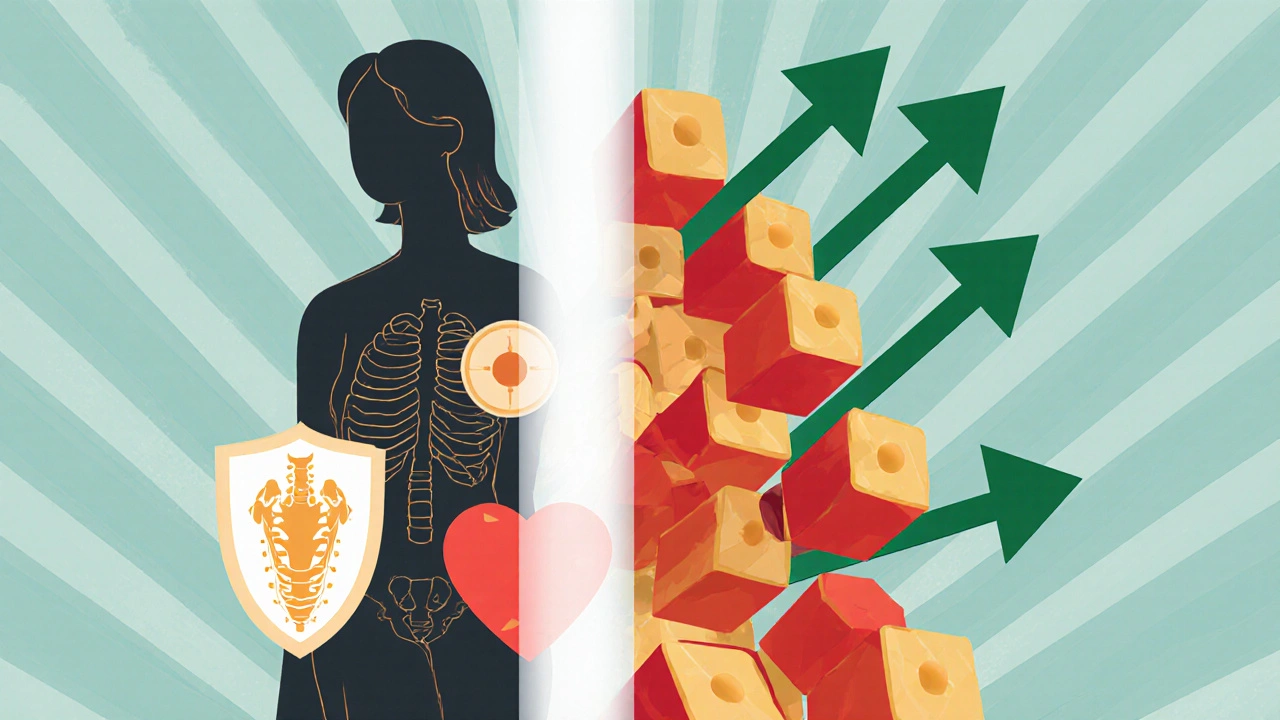
Estriol Support Daily Plan Builder
Create Your Personalized Estriol Support Plan
This tool helps you build a daily routine based on the article's recommendations to naturally boost your estriol levels. Customize your plan to match your lifestyle and needs.
Personalize Your Plan
Additional Options
Generated Daily Plan
Your personalized estriol support plan will appear here.
Many people notice shifts in energy, mood, or skin health as they age, and the underlying cause often ties back to hormone fluctuations. One hormone that receives far less attention than estrogen or progesterone is Estriol, a weak estrogen that plays a key role in bone density, cardiovascular health, and immune regulation. While estriol spikes naturally during pregnancy, its levels slowly decline afterward, leaving a gap that can affect overall wellness. The good news? You don’t need a prescription to support it-diet, herbs, and lifestyle tweaks can gently nudge your body toward higher estriol production.
Quick Takeaways
- Eat phytoestrogen‑rich foods like soy, flaxseed, and lentils at least three times a week.
- Include estrogen‑supporting herbs such as black cohosh, chasteberry, and red clover in short cycles.
- Prioritize sleep (7‑9hours), moderate aerobic exercise, and stress‑relief practices.
- Support gut health with probiotics and prebiotic fiber to improve hormone metabolism.
- Monitor any supplement use with a healthcare professional, especially if you have a history of hormone‑sensitive conditions.
What Is Estriol and Why Does It Matter?
Estriol is a naturally occurring estrogen that is significantly weaker than estradiol but still essential for several bodily functions. During pregnancy, estriol levels can rise to 10‑20ng/mL, helping maintain the uterine lining, modulating immune response, and protecting bones. After childbirth, levels settle to a baseline of roughly 0.2‑0.5ng/mL in non‑pregnant adults. Though modest, this baseline supports:
- Cardiovascular flexibility - estriol promotes healthy blood vessel elasticity.
- Bone turnover - it aids calcium retention, reducing osteoporosis risk.
- Immune balance - estriol dampens excessive inflammatory signaling.
Because estriol interacts with the same estrogen receptors (ER‑β) as stronger estrogens, raising its level can bring many of the same benefits without the heightened risk of estrogen‑dominant side effects.
Key Drivers That Influence Estriol Levels
Understanding what pulls estriol up or down helps you target the right interventions. The major factors are:
- Age and reproductive stage: After menopause, overall estrogen production drops, including estriol.
- Nutrition: Certain plant compounds act as weak estrogens (phytoestrogens) that can bind to ER‑β and stimulate the body’s own estriol synthesis.
- Gut microbiome: Bacterial enzymes convert dietary lignans into enterolactone, a compound that indirectly supports estrogen balance.
- Stress and cortisol: Chronic stress diverts precursors away from hormone production toward the adrenal pathway.
- Sleep quality: Deep sleep phases trigger the release of growth hormone, which in turn supports overall hormone production.
Phytoestrogen‑Rich Foods to Add to Your Plate
Phytoestrogens mimic estrogen’s structure closely enough to bind receptors and signal the endocrine system. Here’s a practical list of everyday foods with their average phytoestrogen content (measured in µg of isoflavones per 100g):
| Food | Phytoestrogen Type | Average Content (µg/100g) |
|---|---|---|
| Soybeans (cooked) | Isoflavones (genistein, daidzein) | 90,000 |
| Flaxseed (ground) | Lignans (secoisolariciresinol) | 30,000 |
| Lentils (cooked) | Isoflavones | 5,000 |
| Chickpeas (cooked) | Isoflavones | 2,500 |
| Sesame seeds | Lignans | 15,000 |
| Berries (mixed) | Coumestrol | 800 |
To make these work for you, aim for at least one serving of soy or flaxseed daily, plus a side of legumes 3‑4times a week. For example, a breakfast smoothie with 1Tbsp ground flaxseed, a lunch salad topped with ½cup edamame, and a dinner stir‑fry that includes tofu provides a steady stream of phytoestrogens.
Herbs and Supplements That May Support Estriol Production
Several botanicals have been studied for their estrogenic activity, especially in perimenopausal women. While the evidence isn’t as robust as pharmaceutical hormone therapy, short‑term use (typically 8‑12weeks) can be safe and beneficial.
- Black cohosh (Cimicifuga racemosa) - Contains triterpene glycosides that modulate serotonin receptors and may indirectly raise estriol. Most trials use 40-80mg daily.
- Chasteberry (Vitex agnus‑castus) - Influences pituitary signaling, helping the ovaries produce a more balanced estrogen mix, including estriol. Typical dose: 400mg standardized extract.
- Red clover (Trifolium pratense) - High in isoflavones (genistein, daidzein). Studies show modest increases in circulating estriol after 12weeks at 40g dried herb daily.
- Dong quai (Angelica sinensis) - Traditional Chinese medicine uses it for “blood‑warming.” Small clinical series report raised estriol levels when combined with soy isoflavones.
Always start with the lowest effective dose and pause for a few weeks after a 3‑month cycle to assess how your body reacts.
Lifestyle Habits That Complement Hormonal Balance
Even the best diet won’t shine if stress, sleep, or inactivity sabotage your endocrine system. Here’s what research says about the biggest lifestyle levers:
- Moderate aerobic exercise: 150minutes of brisk walking, cycling, or swimming per week improves insulin sensitivity, which in turn frees up cholesterol for steroid hormone synthesis.
- Strength training: Two sessions weekly boost lean muscle mass, raising basal metabolic rate and supporting hormone clearance.
- Sleep hygiene: Aim for 7‑9hours of uninterrupted sleep. Deep‑stage sleep triggers growth hormone release, a precursor for healthy estrogen pathways.
- Stress‑reduction techniques: Mindfulness meditation, yoga, or even a 10‑minute daily breath‑work session can lower cortisol, preventing it from hijacking estrogen precursors.
- Vitamin D and Omega‑3 fatty acids: Both act as co‑factors in hormone synthesis. A daily 1,000IU vitamin D supplement and 1‑2g of EPA/DHA can fine‑tune estriol production.
Gut Health: The Hidden Hormone Factory
The gut microbiome transforms dietary lignans (found in flaxseed, sesame, and whole grains) into enterolignans, which bind estrogen receptors similarly to estriol. A diverse microbiome therefore acts like a natural hormone booster.
Probiotic strains-especially Lactobacillus rhamnosus and Bifidobacterium adolescentis-have been shown to increase circulating enterolactone by 20‑30% after 8weeks. Pair these with prebiotic fibers (inulin, chicory root, garlic) to feed the good bacteria.

Putting It All Together: A Sample Day
- Morning (7am): 250ml of fortified soy milk (30mg isoflavones), 1Tbsp ground flaxseed mixed into oatmeal, and a 1,000IU vitamin D capsule.
- Mid‑morning (10am): 15min of mindful breathing, followed by a handful of almonds (source of healthy fats).
- Lunch (12:30pm): Mixed bean salad (lentils, chickpeas, edamame) with sesame‑oil dressing, plus a 400mg chasteberry extract.
- Afternoon (3pm): 20‑minute brisk walk; a small cup of green tea (contains modest phytoestrogens).
- Evening (6pm): Grilled tofu stir‑fry with broccoli, carrots, and a sprinkle of red clover tea (2g dried herb).
- Night (9pm): 30min of gentle yoga, a probiotic capsule (10billion CFU Lactobacillus), and lights dimmed for optimal melatonin production.
- Bedtime (10pm): Aim for 8hours of sleep; keep the bedroom cool (~18°C) and free of electronic distractions.
Repeat the cycle for at least 8weeks and monitor changes in energy, skin elasticity, or menstrual regularity. If you notice improvements, you’ve likely nudged your body toward higher estriol output.
Safety Tips & Common Pitfalls
- Don’t over‑do phytoestrogens: Extremely high soy intake (>200g/day) can lead to hormonal imbalances in some individuals.
- Watch for interactions: Black cohosh may enhance the effect of blood‑thinning medications; always discuss with a clinician.
- Avoid long‑term herb cycling: Use a 3‑month on, 2‑month off schedule to prevent receptor desensitization.
- Test your levels: A simple serum estriol test (available through most labs) can help you gauge progress and adjust dosage.
- Consider health history: If you have a history of estrogen‑sensitive cancers, consult a specialist before attempting any hormonal support.
Frequently Asked Questions
Can men benefit from increasing estriol?
Yes, low‑level estriol contributes to bone health and cardiovascular function in men. However, men should focus on modest phytoestrogen sources (like flaxseed) and avoid high‑dose estrogenic herbs unless prescribed.
How long does it take to see changes?
Most people notice subtle improvements in energy, mood, or skin texture within 4‑6weeks of consistent diet and lifestyle changes. Measurable serum estriol shifts may require 8‑12weeks.
Is it safe to combine soy with estrogen‑supporting herbs?
Generally safe for healthy adults, but start with low doses and monitor symptoms. If you experience breast tenderness, bloating, or mood swings, reduce the combined intake.
Do supplements like calcium‑D work better than food?
Food sources deliver a matrix of nutrients that support absorption, but targeted supplements can fill gaps, especially vitamin D in regions with limited sunlight.
What lab test should I order to track progress?
Ask for a serum estriol panel that includes estradiol, estrone, and estriol. Request results in pg/mL for precise tracking.
By weaving together phytoestrogen‑rich foods, gentle herbs, and hormone‑friendly habits, you can naturally encourage your body to produce more estriol. Stay patient, listen to your body, and consult a healthcare professional for personalized guidance.

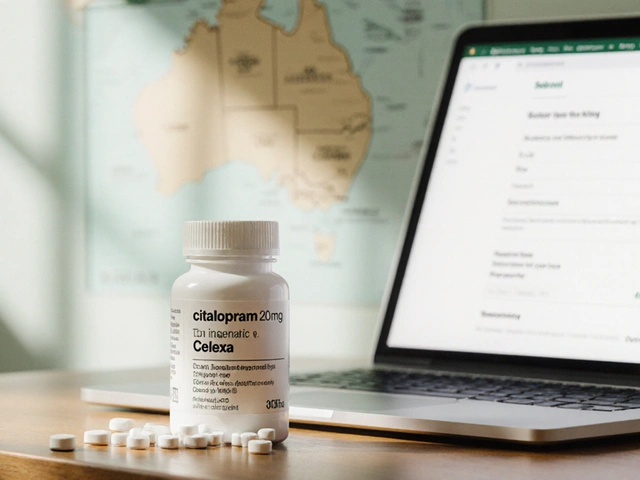
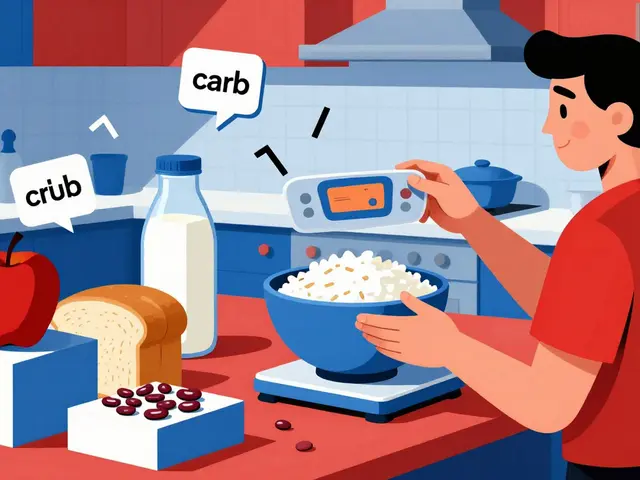

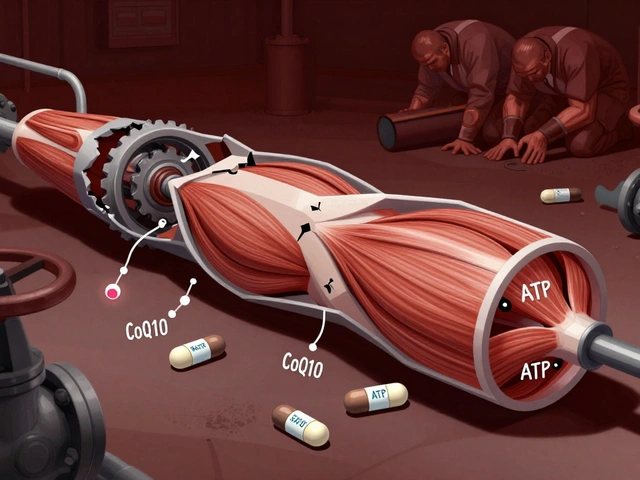
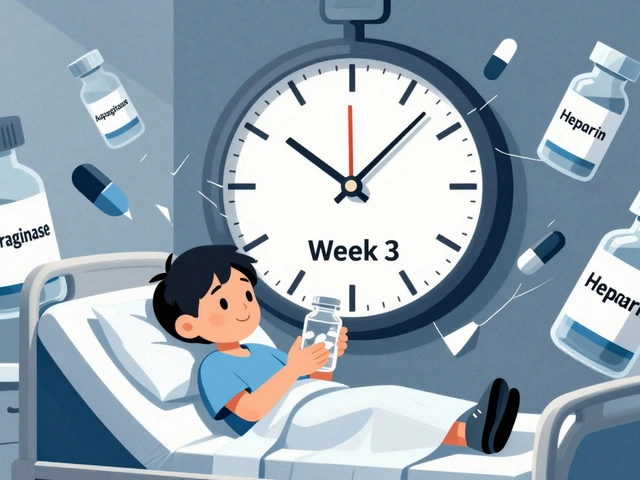

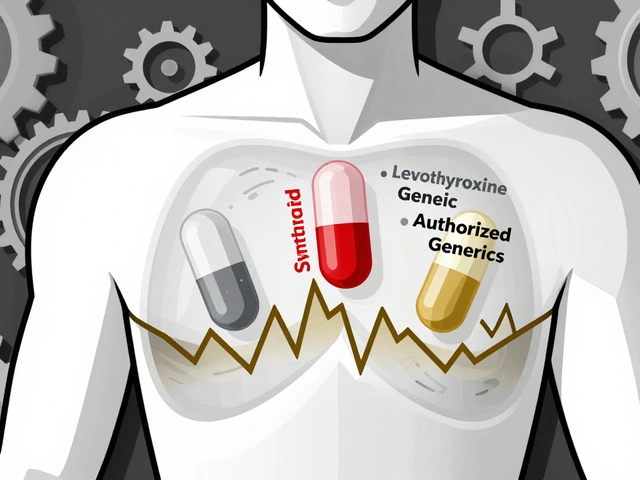

5 Comments
Yo, love the herb tips!
It is absolutely imperative, dear reader, to recognize the profundity of the phytoestrogenic paradigm you have introduced herein, for it represents a veritable renaissance in holistic endocrinology. The meticulous enumeration of soy, flaxseed, and lentils evokes the ancient agrarian wisdom of the Mediterranean, a civilization that undeniably prized the elixir of life in their quotidian fare. Moreover, the inclusion of black cohosh and chasteberry is not merely a casual suggestion but a clarion call to the discerning individual to engage in a symphonic dance of botanicals, each resonating with the subtle frequencies of estriol biosynthesis. One must, however, remain vigilant about the dosage, lest the delicate balance be perturbed and the endocrine orchestra descend into cacophony. The articulation of gut microbiome dynamics, particularly the role of Lactobacillus rhamnosus in lignan conversion, is a masterstroke that underscores the interdependence of nutrition and microflora.
Nevertheless, the dogma that estrogenic supplementation is a monolithic endeavor is fundamentally flawed; the nuanced interplay of ER-β agonism, cortisol attenuation, and sleep architecture cannot be overstated. Your exposition deftly navigates these complexities, yet the omission of potential contraindications for individuals with estrogen-receptor-positive neoplasms is a conspicuous oversight, teetering on the brink of negligence. In the realm of evidence-based practice, the citation of peer-reviewed studies would fortify the credibility of the recommendations, for anecdotal enthusiasm alone is insufficient to sway the sceptical intellect.
Furthermore, the proffered sample day, while elegantly structured, assumes a homogenous population, disregarding cultural dietary predilections and socioeconomic constraints that may render such regimens unattainable for many. A more inclusive perspective, perhaps integrating alternative phytoestrogen sources like chickpeas or quinoa, would amplify the universality of your counsel.
In summation, your treatise is a tour de force that blends scientific rigor with practical applicability, albeit marred by minor lapses in comprehensive risk assessment. I encourage you to refine these aspects, thereby elevating the discourse to an unequivocal exemplar of integrative health guidance.
While the article is thorough, the real question is whether a modest dietary shift can truly sway estriol levels beyond a negligible margin.
Good point. Small changes add up over time.
From a mechanistic viewpoint, phytoestrogens act as selective estrogen receptor modulators, engaging ER-β preferentially, which may attenuate the proliferative signaling cascades associated with ER-α activation. Leveraging this pathway could theoretically augment estriol synthesis without inciting hyperestrogenic sequelae.